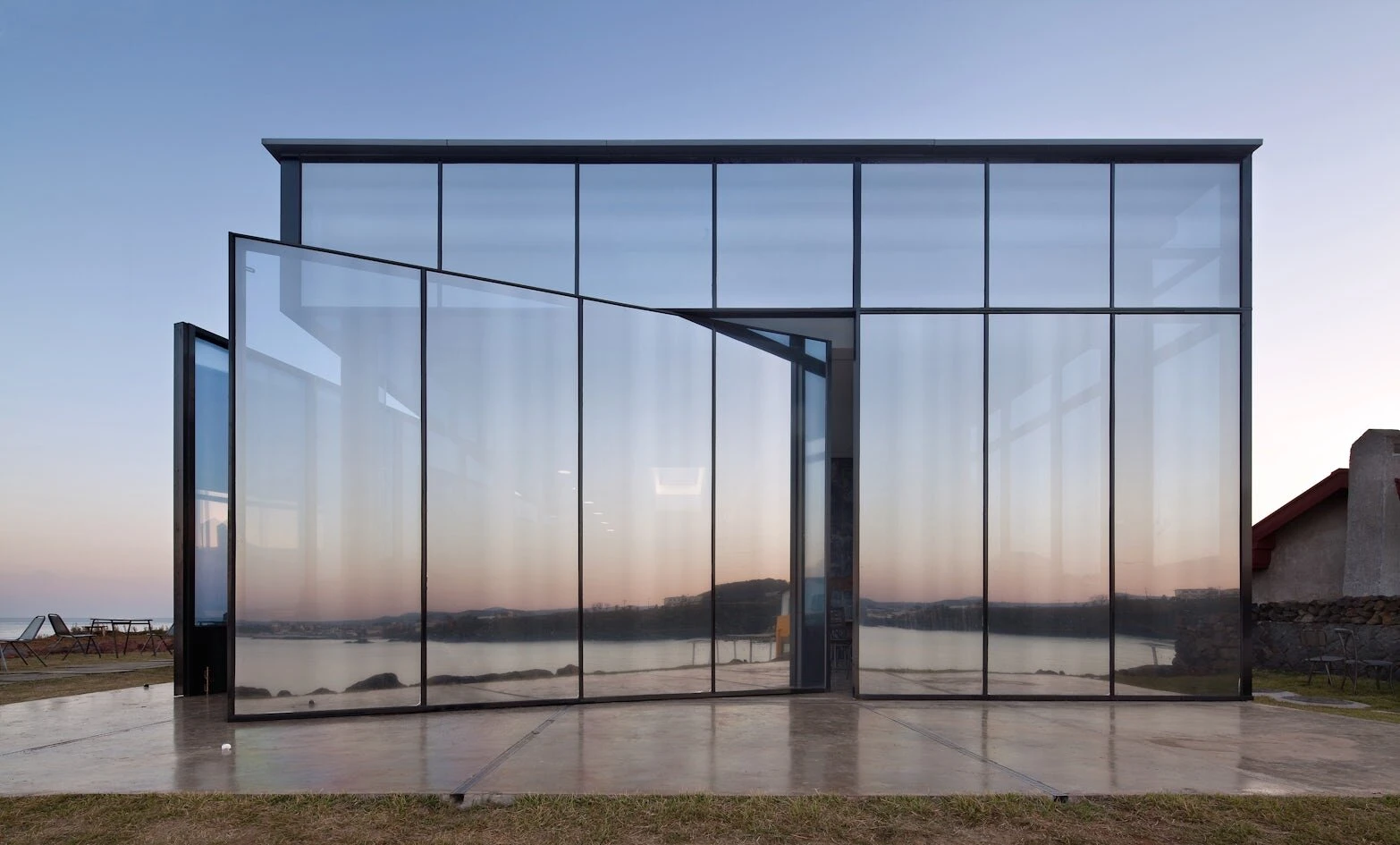

The Allure and Applications of Green Reflective Glass
Green reflective glass is a unique architectural and design material that beautifully balances aesthetics, functionality, and sustainability. This captivating glass type not only offers a stunning visual appeal but also serves various practical purposes in construction and interior design. In this article, we will explore the features, benefits, applications, and future trends of green reflective glass, highlighting its growing importance in modern architecture.
What is Green Reflective Glass?
Green reflective glass is a type of glass that features a green tint along with a reflective coating. The green hue often comes from the iron content in the glass, giving it a natural and organic feel. The reflective coating, which can be applied on one or both sides of the glass, enhances its ability to reflect light, heat, and UV rays. This glass is often used in facades, windows, skylights, and various decorative elements, making it a versatile choice for architects and designers.
Aesthetic Appeal
One of the standout features of green reflective glass is its aesthetic appeal. The green tint provides a serene and calming effect, reminiscent of nature and the environment. When sunlight hits its surface, the reflective layer creates a stunning visual dynamic, allowing buildings to blend harmoniously with their surroundings. This characteristic is especially appreciated in urban settings where greenery may be limited. The use of green reflective glass can soften the rigid lines of modern architecture, adding a touch of warmth and inviting beauty.
Energy Efficiency
Beyond its aesthetic qualities, green reflective glass is also known for its energy-efficient properties. By reflecting a significant portion of solar radiation, it reduces heat gain inside buildings. This leads to lower cooling costs, making it an ideal choice for regions with hot climates. In colder climates, the glass can retain heat, contributing to energy savings in heating costs as well. Overall, the energy efficiency results in a reduced carbon footprint, aligning with the growing emphasis on sustainable construction practices.
UV Protection

Another important benefit of green reflective glass is its ability to block harmful UV rays. Prolonged exposure to UV radiation can lead to health issues such as skin cancer and can also damage interior furnishings and artwork. With green reflective glass, spaces can enjoy natural light without the adverse effects of UV exposure. This makes it a popular choice for commercial buildings, museums, and homes that contain valuable furnishings and artworks, preserving their integrity and appearance over time.
Applications in Architecture
Green reflective glass is widely used in various architectural applications. From skyscrapers to residential homes, it can be incorporated into windows, curtain walls, railings, and facades. In commercial buildings, the addition of green reflective glass can elevate the overall design, creating a modern and professional look that attracts clients and customers. The versatility of this glass also allows for creative design solutions, enabling architects to experiment with shapes and structural layouts.
The Future of Green Reflective Glass
As society increasingly prioritizes sustainable practices, the future of green reflective glass appears promising. Advancements in technology continue to improve the manufacturing processes, making it possible to produce glass that is even more energy-efficient and environmentally friendly. Innovations such as self-cleaning glass and dynamic glazing, which can change tint based on sunlight exposure, are on the rise. These developments will further enhance the functionality and appeal of green reflective glass in architectural design.
In addition, as cities expand and urbanization continues to grow, the demand for green reflective glass is likely to increase. With its ability to provide energy efficiency, UV protection, and aesthetic contributions, it fits seamlessly into the evolving landscape of modern architecture that seeks to balance beauty with sustainability.
Conclusion
Green reflective glass stands out not only for its visual appeal but also for its practicality and eco-friendly benefits. As architects and designers continue to seek materials that embody sustainability without compromising on style, green reflective glass will remain a top choice. Its capacity to reflect light, enhance energy efficiency, and create stunning visuals ensures that this material will play a crucial role in shaping the future of architecture and design. Whether used in commercial buildings or private homes, green reflective glass is paving the way for a more sustainable and aesthetically pleasing built environment.